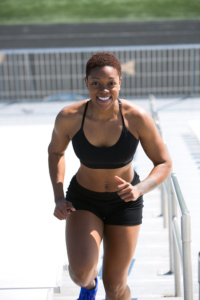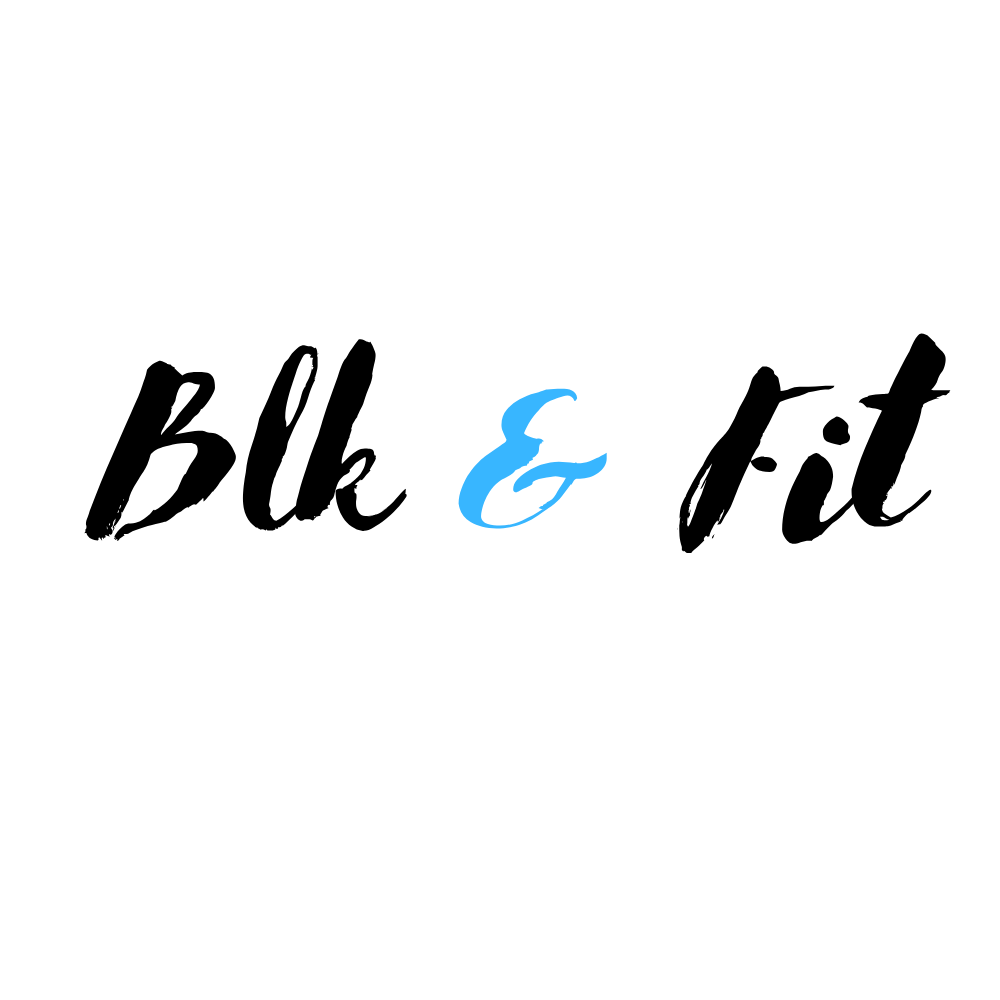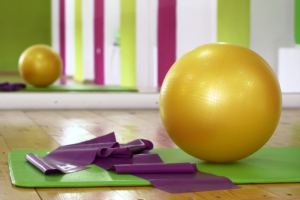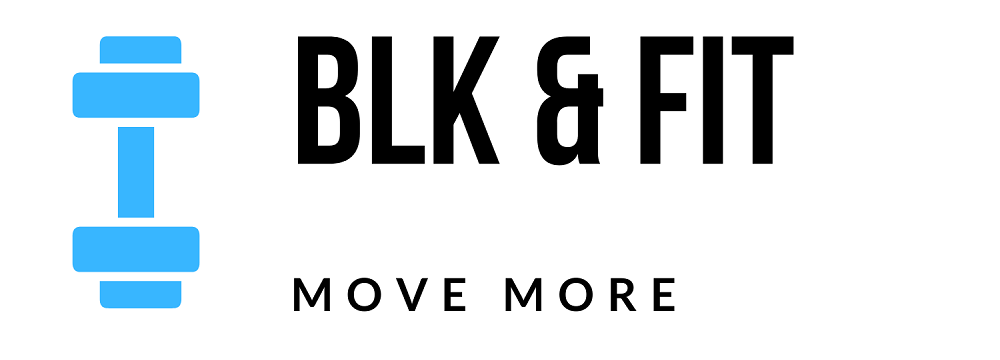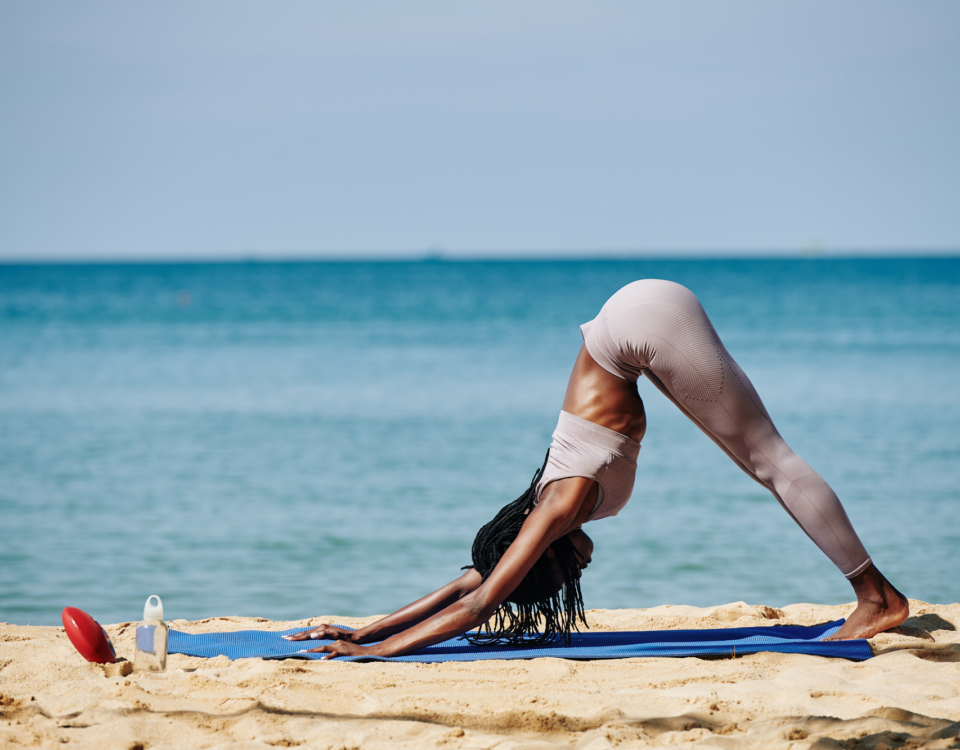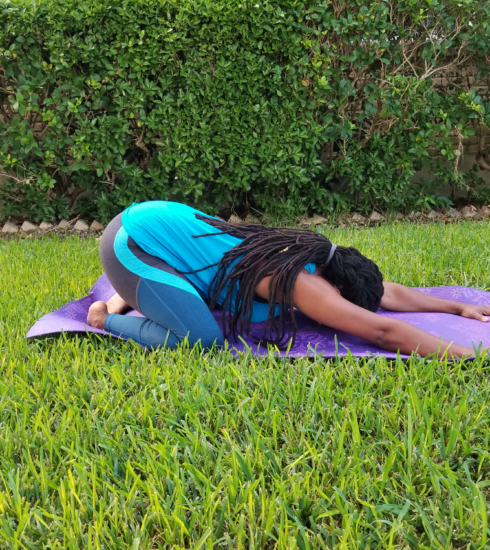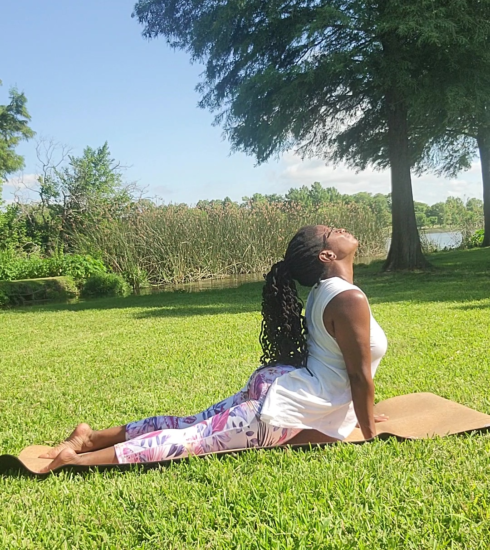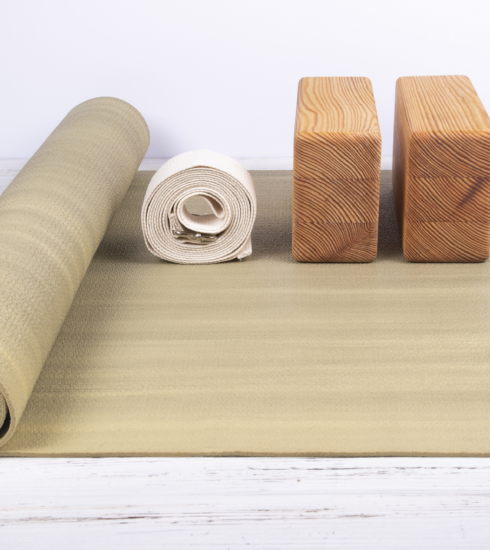Yoga for a Healthy Heart
A new study shows that practicing slow-paced yoga can help those with the common heart-rhythm disorder known as atrial fibrillation, or a-fib. Research found that symptoms eased by half in those who practiced yoga over a 16-week period.
Yoga improves the health tremendously, reducing blood pressure, improving blood flow and boosting mental wellness.
Try these yoga poses for a healthy heart.
Downward dog
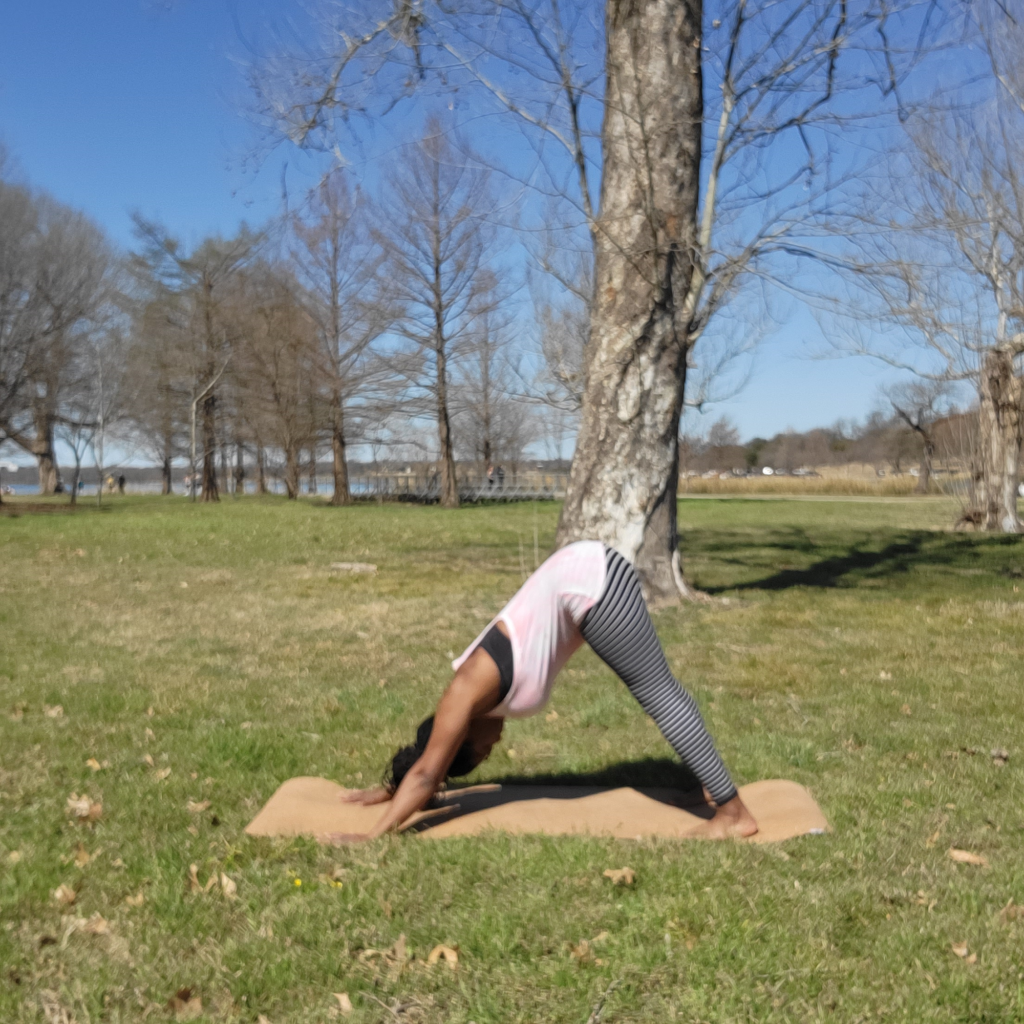
- Kneel on your hands and knees with your hands beneath your shoulders and your knees directly beneath your hips. Your hands should be spread wide apart. Your feet should be flat and hip width apart.
- Inhale as you lift your body up, keeping your shoulders back and pushing backwards into your hips. Push your buttocks upwards. Keep your heels down as much as possible. Keep your knees bent as needed, ultimately straightening the legs and bringing the chest to the thighs. Lift one foot then another back and forward (peddling to get the effect of the feet being flat, which is the goal). You are forming a V with your body.
- Exhale relaxing slowly lowering the body, relaxing the arms and legs.
Bridge pose
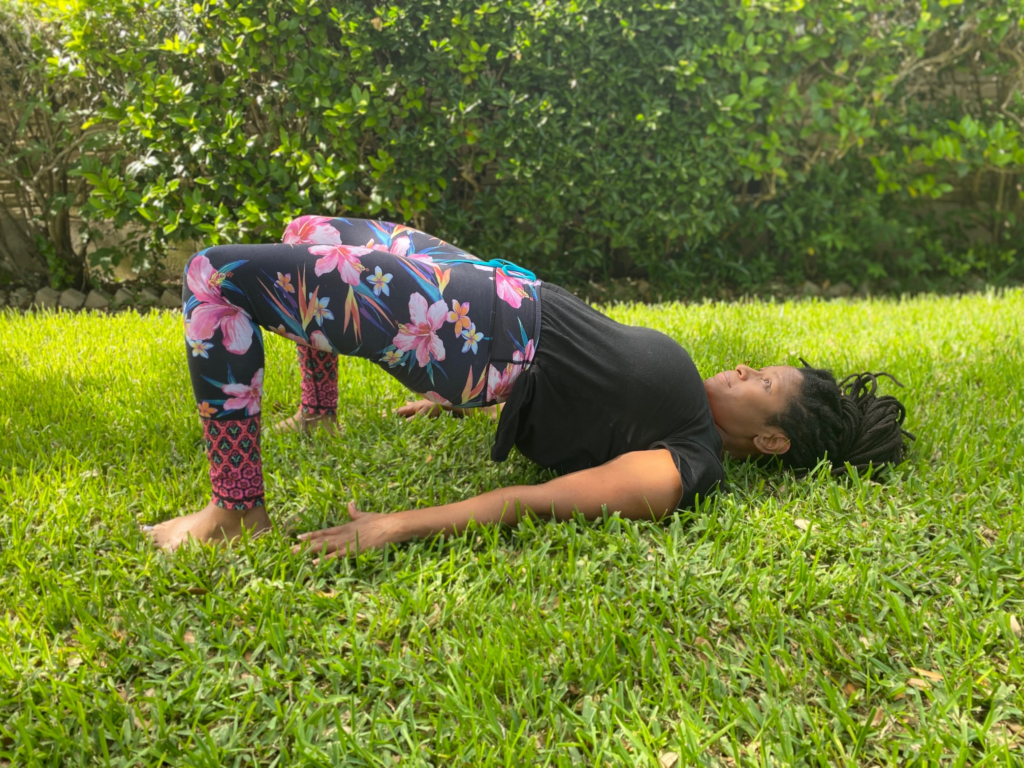
- Lie on your back with your knees bent and feet on the floor. Extend your arms along the floor, palms flat.
- Press your feet and arms firmly into the floor. Exhale as you lift your hips toward the ceiling.
- Draw your tailbone toward your pubic bone, holding your buttocks off the floor. Do not squeeze your glutes or flex your buttocks.
- Roll your shoulders back and underneath your body. Clasp your hands and extend your arms along the floor beneath your pelvis. Straighten your arms as much as possible, pressing your forearms into the mat. Reach your knuckles toward your heels.
- Keep your thighs and feet parallel — do not roll to the outer edges of your feet or let your knees drop together. Press your weight evenly across all four corners of both feet. Lengthen your tailbone toward the backs of your knees.
- Hold for up to one minute. To release, unclasp your hands and place them palms-down alongside your body. Exhale as you slowly roll your spine along the floor, vertebrae by vertebrae. Allow your knees to drop together.
(WARNING: Do not perform bridge pose if you have a neck or shoulder injury.)
Corpse pose
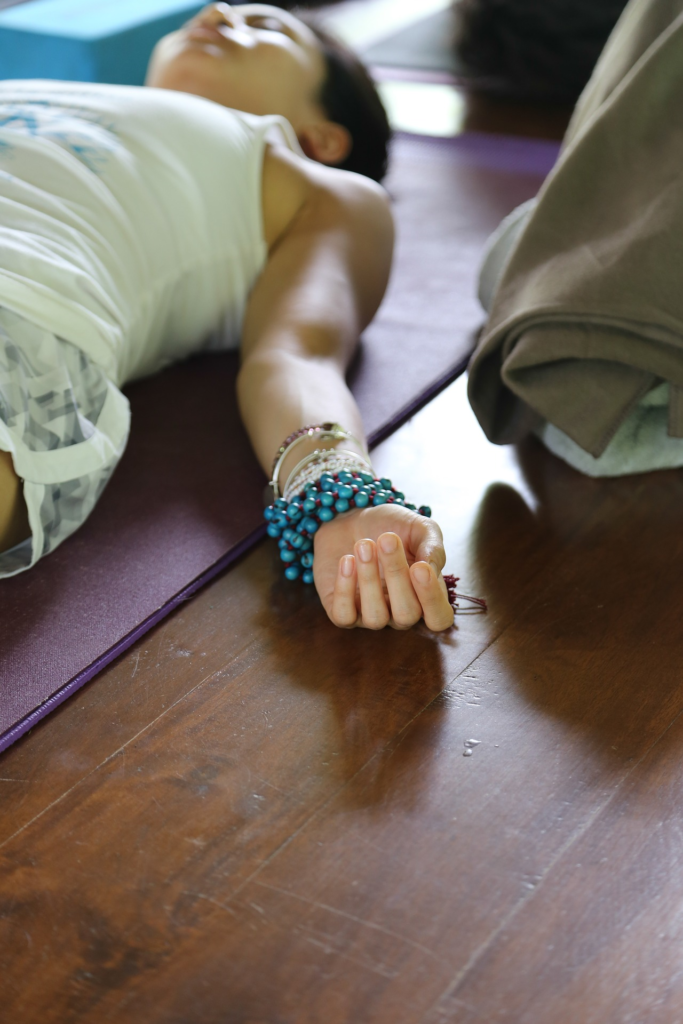
- Lay down on your mat. Allow your legs to relax wide and your arms to fall to the sides and away from your body.
- Scan your body mentally. Relax and release all tension from the body. Breathe easily, inhaling and exhaling slowly.
- Lay in corpse pose for as long as you desire.
Seated forward bend
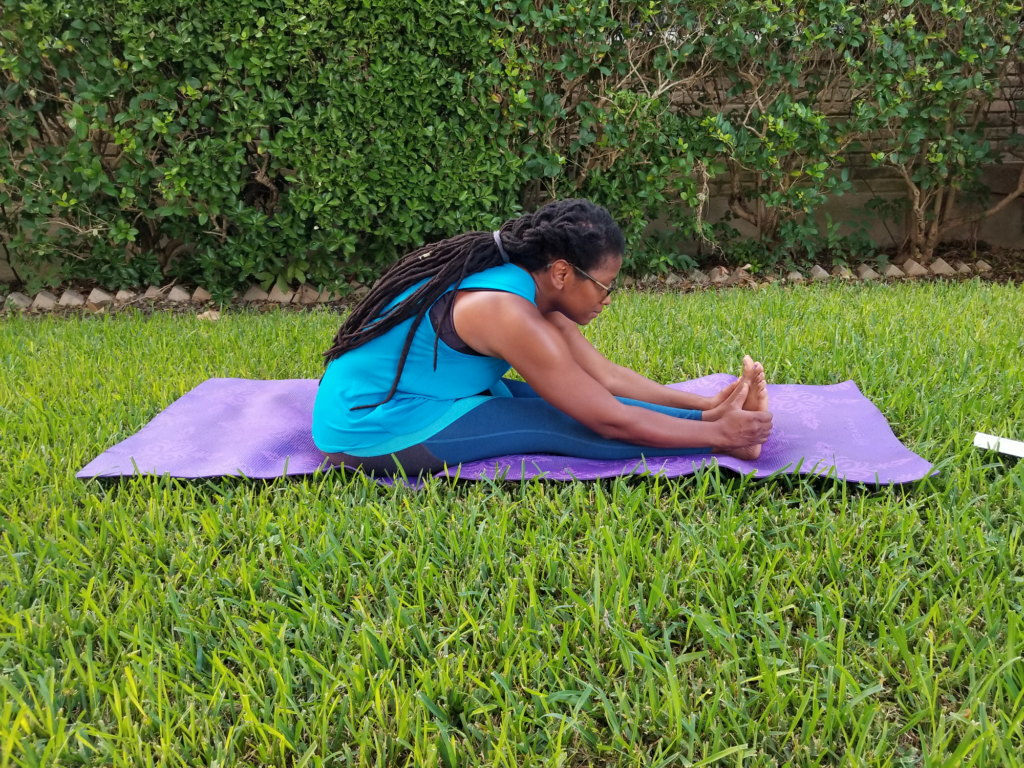
- Sit tall with your feet hip-width apart.
- Take a deep breath in, then exhale as you bend forward from the hips.
- Reach for your knees, shins, or toes.
- Aim to press your chest against your thighs. Relax the muscles in your head and neck.
- Hold the pose for 3 deep breaths.
Child’s pose
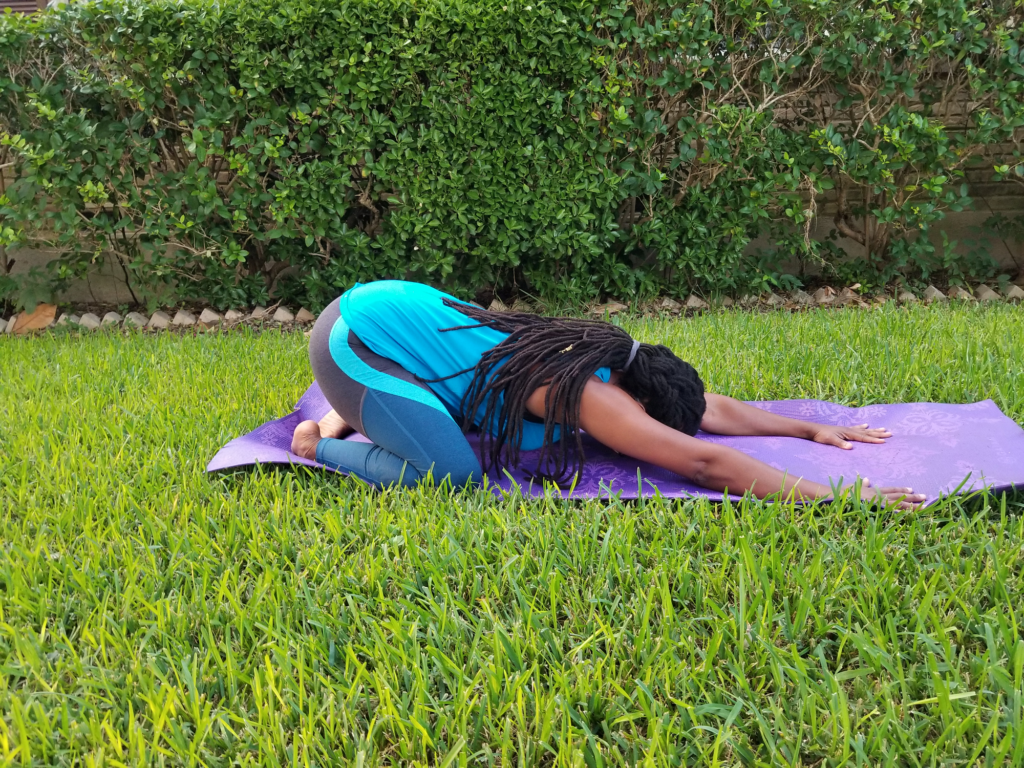
- Come to a kneeling position on the floor with your heels under your buttocks and your knees wide.
- Sit back on your heels, resting your torso on your thighs. Place your forehead as close to the floor as possible.
- Place your hands flat on the floor. Spread the fingers apart and stretch the arms gently forward.
- Release any tension in your neck and shoulders.
- Close your eyes. Relax and breathe smoothly for 10 deep breaths.
Wide leg forward bend
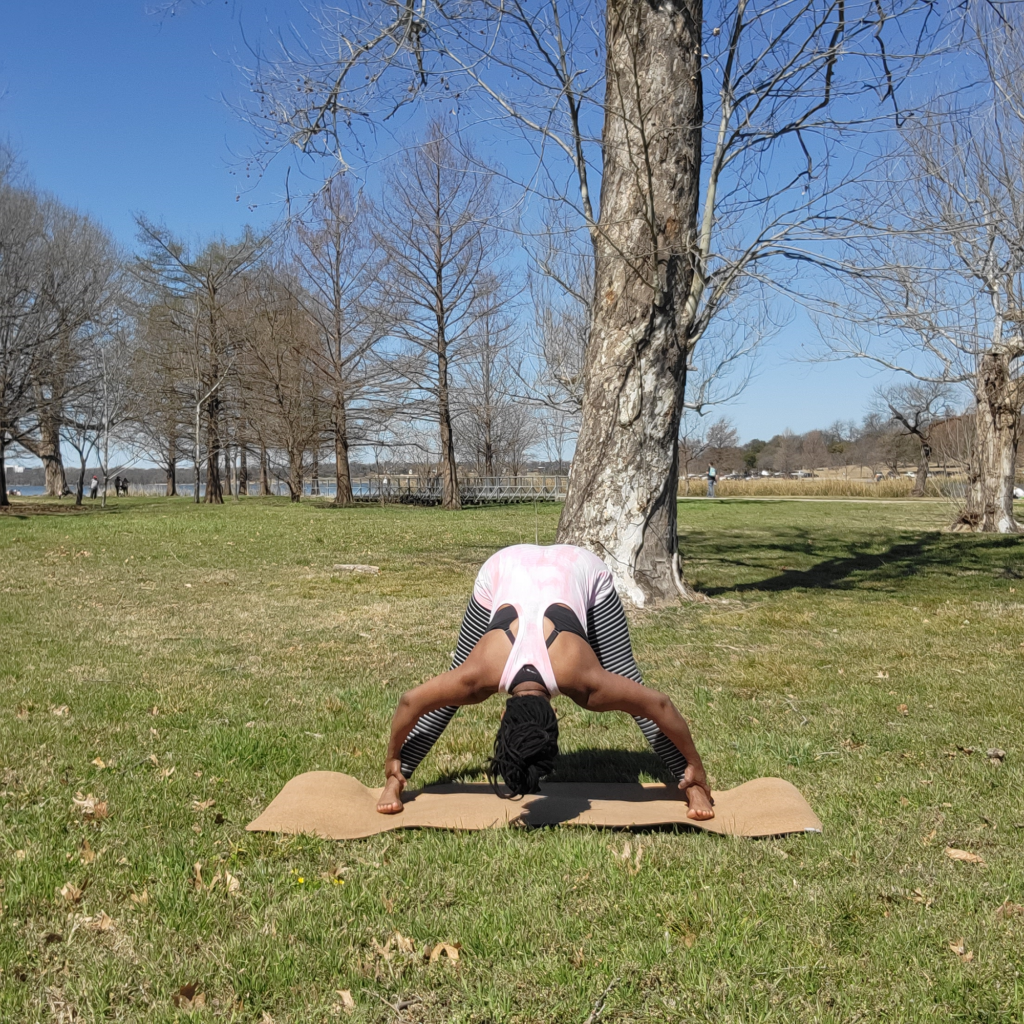
- Stand tall with your feet wide apart.
- Take a deep breath in, then exhale as you bend forward from the hips.
- Reach for your knees, shins, toes or floor.
- Aim to touch the crown of your head on the floor between your hands.
- Shake your head “yes” and “no” to relax the muscles in your head and neck.
- Hold the pose for 10 deep breaths.
